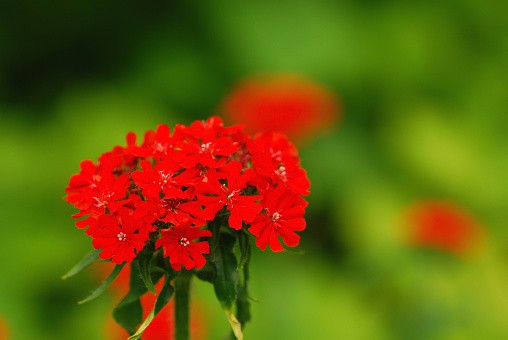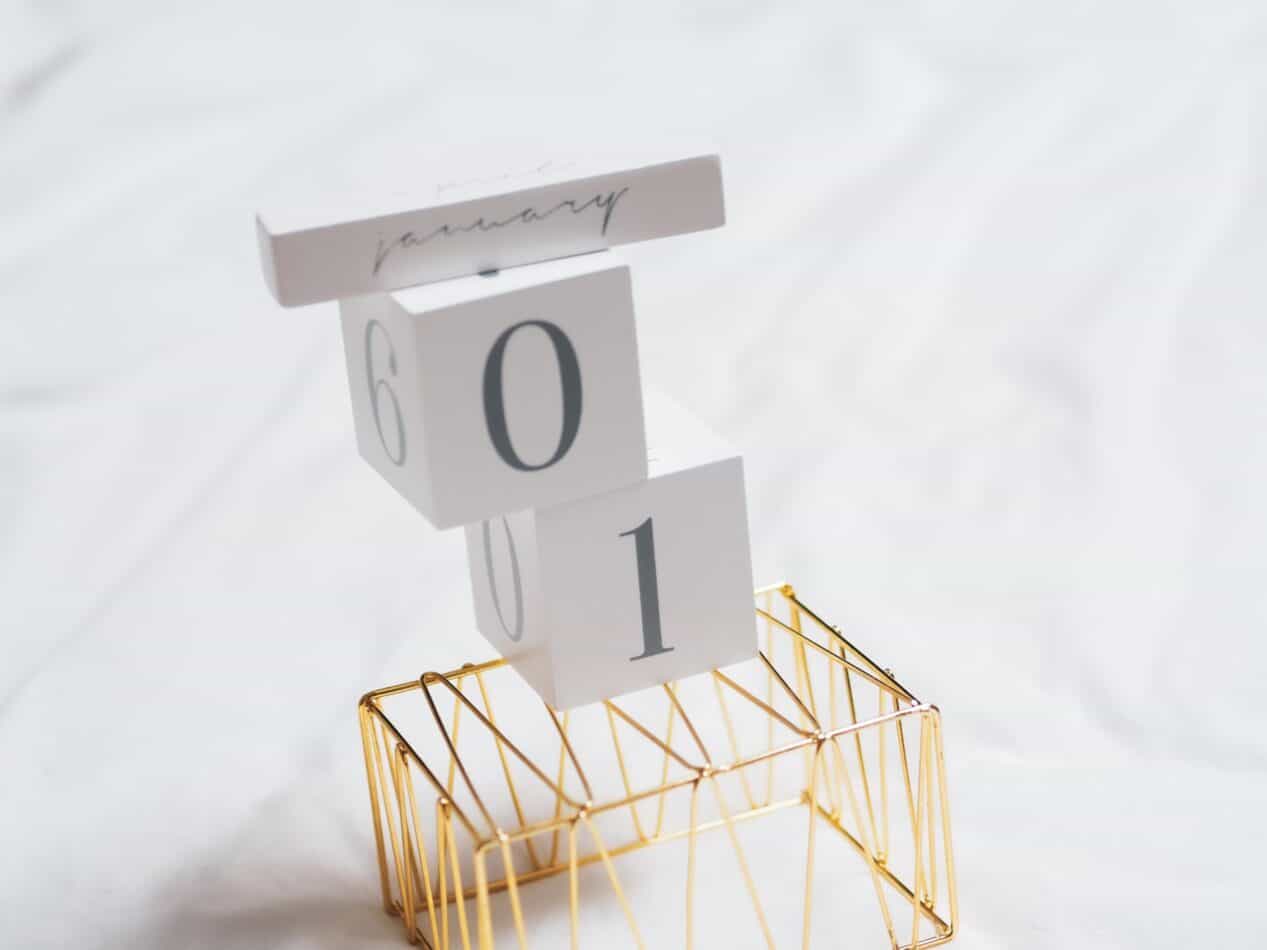The genus name Lychnis is from the Greek “lychnos” meaning lamp, and chalcedonica from the Latin for Chalcedon, both of which refer to the brightly shining flowers. The alternate old common name for this species is “Maltese cross” or the “Jerusalem cross”, which is derived from the markings on the petals of the plant.
How to Plant
Maltese Cross is an easy and rewarding plant to grow, as it is tolerant of many conditions. Plant in a cold frame or sow directly in the garden in spring, spacing the seeds at least 15 cm apart. Prefers full sun or partial shade and partial shade, but can tolerate full shade. Soil should be medium moist, well-draining, and rich in organic matter. Both a neutral to slightly alkaline soil pH (6-7.5) is preferred.
Meaning and Symbolism
The Maltese Cross symbolizes faith, hope and justice and is reflective of the elegance and beauty in nature. It is often used in Christian religious ceremonies and is considered a sign of honor, protection, and strength. It can also represent compassion and duty, and is often found on memorials to fallen soldiers and police officers.
History, Mythology, and Religious Significance
The Maltese Cross is thought to have originated in Malta in the 12th century and is traditionally associated with the military Order of the Knights Hospitaller. The cross was adopted as their symbol in the 8th century in recognition of their assistance in the Crusades. It was widely used on their flags and armor and became a popular symbol throughout Europe.
The Maltese Cross has also been used as a symbol of protection and healing. In the a culture originating in Africa, the cross was worn by pregnant women and was thought by many to have the power to ward off evil. It was even used in healing rituals and ceremonies in some areas.
Flower Varieties and Their Defining Characteristics
The most common variety of Lychnis chalcedonica is the cultivar ‘Maltese Cross’ which has single flowers with four to five petals. The petals are royal-red with creamy yellow markings resembling a Maltese cross. Other varieties include the double-flowered ‘Rosea’ with pale pink flowers; the white-flowered ‘Alba’; and the yellow-flowered ‘Flore Pleno’. The flowers of Lychnis chalcedonica are typically star-shaped and may be solitary or arranged in small clusters.
How to Pot and Repot
The Maltese Cross needs a pot that is twice as wide as its root ball, and 6 to 8 inches deep. When re-potting, it is best to use a well-draining potting mix that is equal parts perlite, peat moss, sand and compost. When re-potting is needed, do so in early spring when the plant is dormant. Make sure to water the plant the night before the re-potting and wet the potting soil before adding it to the pot. After re-potting, water the soil thoroughly.
How to Prune
Pruning Maltese Cross is important for keeping your plant healthy and looking beautiful. During the growing season, remove damaged leaves and spent flowers, as well as any weak or diseased stems. Pruning should be done in the spring, just before new growth begins. Once the flowers have faded, it is best to snip them off to prevent them from going to seed. This will help the plant conserve its energy for new flowers.
How to Propagate
Maltese Cross can easily be propagated by seed. The seeds should be sown in the early spring after all danger of frost has passed. For best results, sow in a sterile, well-draining soil. Cover the seeds with a thin layer of soil, water gently, and keep the soil moist and at a temperature of about 65 to 70 degrees F (18 to 21 degrees C). The seeds will usually germinate within 10 to 14 days.
Common Pests and Diseases
Maltese Cross can be affected by various pests and diseases, including slugs and snails, aphids, and powdery mildew. To prevent infestations, keep the area around the plant clean, water in the morning so the leaves can dry quickly, and keep the plants well-spaced to promote good air circulation. It is also important to remove affected leaves, as well as any dead or decaying matter, to prevent the spread of disease.
Three Frequently Asked Questions about Lychnis chalcedonica
Q1: What is the best time to plant Maltese Cross?
A1: The best time to plant Maltese Cross is in early spring after all danger of frost has passed.
Q2: How much light does Maltese Cross need?
A2: Maltese Cross prefers full sun or partial shade, but can tolerate full shade.
Q3: How often should I water Maltese Cross?
A3: Maltese Cross needs to be kept moderately moist, but needs to dry out between waterings. Make sure to check the soil before each watering and only water if the top 2-3 inches of soil is dry.
Lychnis chalcedonica Fact Sheet
| Maltese Cross | Lychnis chalcedonica |
|---|---|
| Family | Caryophyllaceae |
| Plant Type | Perennial |
| Mature Size | Products grow 18 to 24 inches tall and 15 to 18 inches wide |
| Sun Exposure | Full sun to part shade |
| Soil Type | Medium moist, well-draining and rich in organic matter |
| Soil pH | Neutral to slightly alkaline (6.0-7.5) |
| Bloom Time | Midsummer to early fall |
| Flower Color | Royal-Red with Creamy Yellow Markings |
| Hardiness Zones | 3 – 10 |
| Native Area | Europe, Russia, and Southwestern Asia |
What we love from Amazon this week
Buy these wonderful flowers directly from Amazon:















